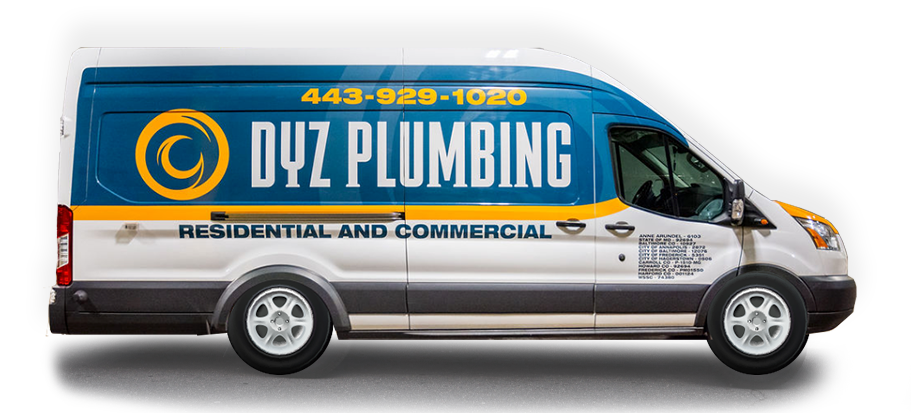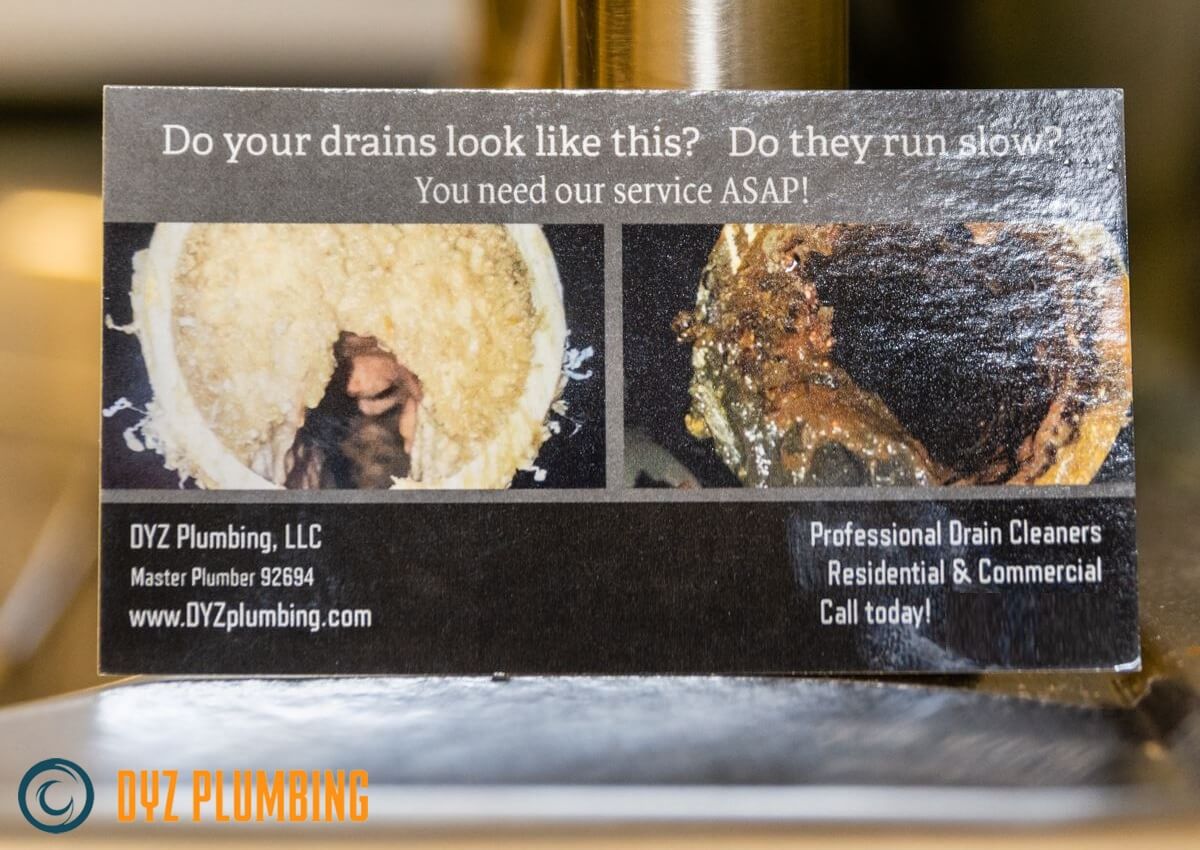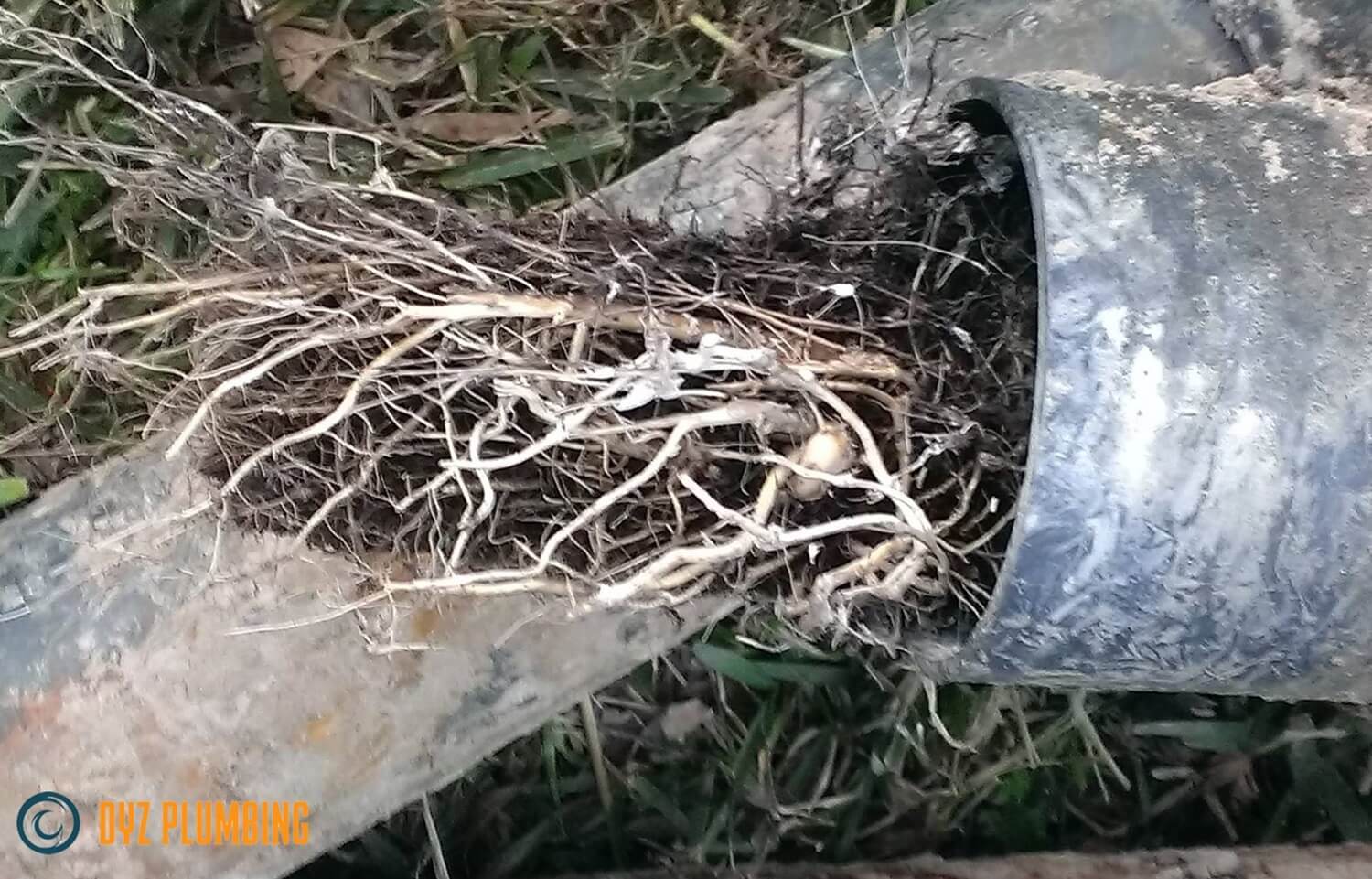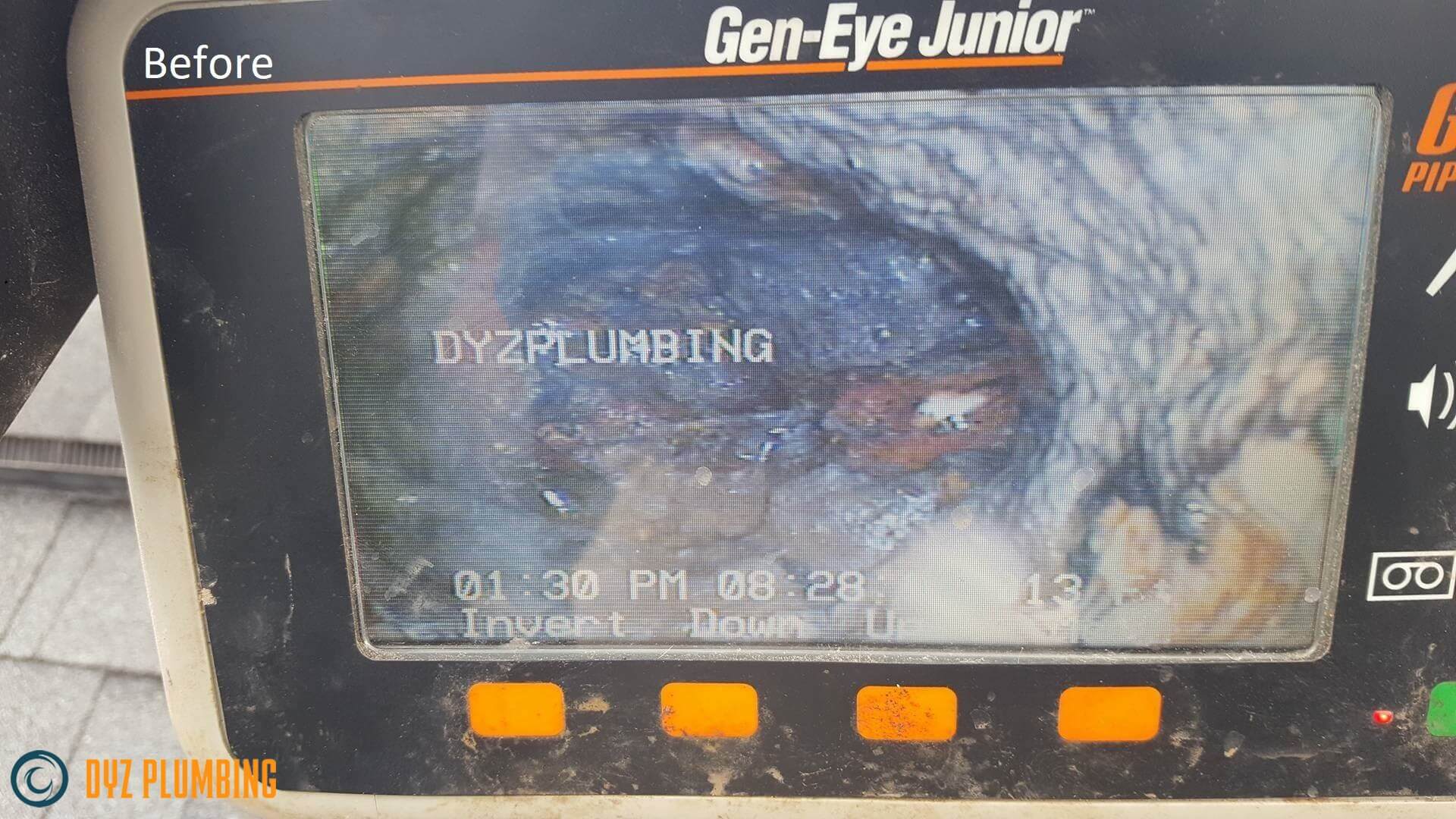Sewer stoppages are an ever-present risk to homeowners. Knowing how to identify and address them quickly and effectively will save both time and money. By taking quick action, you can protect the integrity of your home from further damage. Here, we’ll explore the signs and key causes of sewer stoppage as well as effective approaches to deal with them.
What is a Sewer Stoppage?
Sewer stoppage occurs when there is an obstruction in the sewer line, preventing wastewater from freely moving from your home to the municipal system. This blockage may result in backups, leading to potential water damage and health hazards for you and others in the neighborhood.
Signs of Sewer Stoppage
Recognizing early indicators of sewer blockages can help you take steps to address them before they become major issues. Here are a few indicators:
Slow Drains
Slow draining sinks, bathtubs, and showers are a sure sign that there is a sewer line stoppage. If water takes longer to drain away than expected, this could indicate there is something blocking its path.
Gurgling Sounds
Whenever you hear gurgling noises coming from your drains or toilets, this might indicate that something is wrong with sewer line drainage. Air becomes trapped within pipes due to blockages preventing water from moving freely, leading it to bubble and gurgle as it attempts to pass through.
Foul Odors
An offensive smell emanating from your drains or elsewhere around your home could be another telltale sign of sewer stoppage. This smell comes from the accumulation of waste material in your pipes and indicates a serious blockage situation.
Water Backing Up
One of the clearest indicators of a sewer line stoppage is when water suddenly starts flooding into your sinks, bathtubs, or toilets—this shows that an obstruction is severe enough to stop wastewater from flowing away from your home.
Multiple Clogged Drains
Symptoms of main line sewer stoppage in your home could include multiple drains becoming blocked at once; this indicates that the blockage has spread beyond a single drain to affect the entire sewer system.
Common Causes of Sewer Stoppages
Understanding what causes sewer stoppages is essential to avoiding them, and here are some likely culprits:
Tree Roots
Tree roots can cause severe sewer line blockage. By entering through small cracks or joints in pipes and gradually growing inside them, tree roots often block them up completely and lead to stoppages.
Grease and Fat Buildup
Throwing grease, fat, and oil down the drain can quickly cause it to stop working as these substances solidify and accumulate within pipes, leading to an obstruction.
Foreign Objects
Foreign objects, including toys, sanitary products, and wipes, can lead to an obstruction in the sewer line if they’re flushed down the toilet. The reason is these materials do not break down easily and lead to blockage.
Pipe Corrosion
Over time, sewer pipes may corrode and lead to main line sewer stoppage. Corrosion may even collapse or become blocked with debris and prevent proper sewer flow.
Sagging Sewer Lines
Sagging sewage lines, commonly known as bellied pipes, can result in a sewer line obstruction. This happens when a part of the pipe sinks due to soil conditions, resulting in a low point where trash can gather and produce a blockage.
Ways to Deal with Sewer Stoppages
To avoid additional damage, it is critical to address a sewer stoppage as soon as possible. Here are some effective approaches to addressing the issue:
DIY Methods
Plunging
A plunger may be an efficient tool for removing small sewer blockages. Use a plunger to produce suction and loosen the obstruction.
Drain Snaking
A drain snake (also called a plumbing auger) can be used to clear clogs in the sewage line. Insert the snake in the drain and spin it to break up and remove any obstructions.
Hot Water and Baking Soda
Putting a solution of hot water and baking soda down the drain will assist in dissolving oil and other items that contribute to the sewer stoppage. This procedure works best for mild obstructions.
Professional Methods
Hydro Jetting
Hydrojetting is an effective professional technique for unclogging sewer clogs. Utilizing high-pressure water jets, hydro jetting blasts away blockages while cleaning the inner surfaces of pipes.
Video Inspection
Video inspection can help pinpoint the precise cause and location of the main sewer line stoppage. A camera inserted into the sewer line gives an aerial view of any blockages.
Pipe Relining
Pipe relining is a method for repairing broken sewer lines that do not need excavation. A flexible tube covered with resin is put into the damaged pipe, which inflates and cures to create a new pipe within the old one.
Excavation and Replacement
In extreme situations of sewage blockages, excavation and replacement of the damaged segment of the sewer line may be required. This approach includes excavating the affected region and replacing the damaged pipe.
Final Words On Dealing With Sewer Stoppages
Dealing with sewer stoppages can be difficult, but by understanding the warning signs, reasons, and effective solutions, you manage the problem effectively. Whether it’s a sewage line obstruction caused by tree roots or a main line sewer obstruction caused by foreign items, fast action and frequent maintenance will help you avoid serious damage as well as costly repairs.
Remember, when in doubt, it is always best to contact a pro plumber to ensure the issue is safely and effectively addressed. DYZ Plumbing professionals can assist in identifying and clearing away sewer stoppages. Contact us today to schedule a service!




